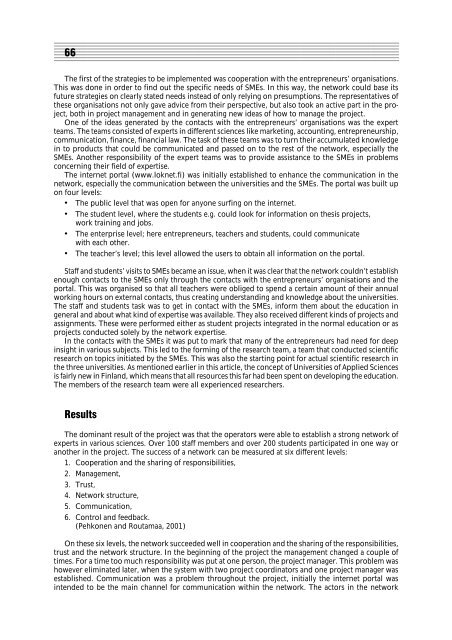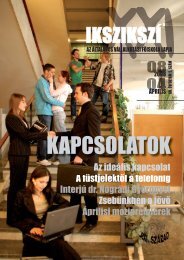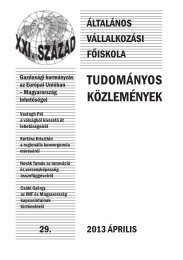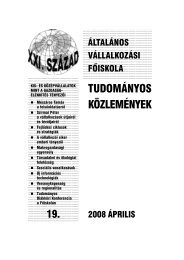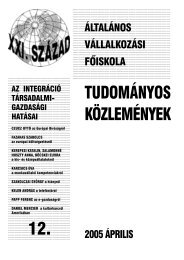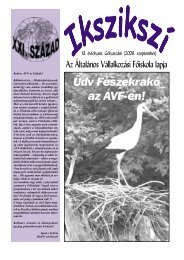Tudástársadalom, vállalkozások, Európa - Ãltalános Vállalkozási ...
Tudástársadalom, vállalkozások, Európa - Ãltalános Vállalkozási ...
Tudástársadalom, vállalkozások, Európa - Ãltalános Vállalkozási ...
You also want an ePaper? Increase the reach of your titles
YUMPU automatically turns print PDFs into web optimized ePapers that Google loves.
1234567890123456789012345678901212345678901234567890123456789012123456789012345678901234567890121234567890123456789012312345678901234567890123456789012123456789012345678901234567890121234567890123456789012345678901212345678901234567890123123456789012345678901234567890121234567890123456789012345678901212345678901234567890123456789012123456789012345678901231234567890123456789012345678901212345678901234567890123456789012123456789012345678901234567890121234567890123456789012366123456789012345678901234567890121234567890123456789012345678901212345678901234567890123456789012123456789012345678901231234567890123456789012345678901212345678901234567890123456789012123456789012345678901234567890121234567890123456789012312345678901234567890123456789012123456789012345678901234567890121234567890123456789012345678901212345678901234567890123The first of the strategies to be implemented was cooperation with the entrepreneurs’ organisations.This was done in order to find out the specific needs of SMEs. In this way, the network could base itsfuture strategies on clearly stated needs instead of only relying on presumptions. The representatives ofthese organisations not only gave advice from their perspective, but also took an active part in the project,both in project management and in generating new ideas of how to manage the project.One of the ideas generated by the contacts with the entrepreneurs’ organisations was the expertteams. The teams consisted of experts in different sciences like marketing, accounting, entrepreneurship,communication, finance, financial law. The task of these teams was to turn their accumulated knowledgein to products that could be communicated and passed on to the rest of the network, especially theSMEs. Another responsibility of the expert teams was to provide assistance to the SMEs in problemsconcerning their field of expertise.The internet portal (www.loknet.fi) was initially established to enhance the communication in thenetwork, especially the communication between the universities and the SMEs. The portal was built upon four levels:• The public level that was open for anyone surfing on the internet.• The student level, where the students e.g. could look for information on thesis projects,work training and jobs.• The enterprise level; here entrepreneurs, teachers and students, could communicatewith each other.• The teacher’s level; this level allowed the users to obtain all information on the portal.Staff and students’ visits to SMEs became an issue, when it was clear that the network couldn’t establishenough contacts to the SMEs only through the contacts with the entrepreneurs’ organisations and theportal. This was organised so that all teachers were obliged to spend a certain amount of their annualworking hours on external contacts, thus creating understanding and knowledge about the universities.The staff and students task was to get in contact with the SMEs, inform them about the education ingeneral and about what kind of expertise was available. They also received different kinds of projects andassignments. These were performed either as student projects integrated in the normal education or asprojects conducted solely by the network expertise.In the contacts with the SMEs it was put to mark that many of the entrepreneurs had need for deepinsight in various subjects. This led to the forming of the research team, a team that conducted scientificresearch on topics initiated by the SMEs. This was also the starting point for actual scientific research inthe three universities. As mentioned earlier in this article, the concept of Universities of Applied Sciencesis fairly new in Finland, which means that all resources this far had been spent on developing the education.The members of the research team were all experienced researchers.ResultsThe dominant result of the project was that the operators were able to establish a strong network ofexperts in various sciences. Over 100 staff members and over 200 students participated in one way oranother in the project. The success of a network can be measured at six different levels:1. Cooperation and the sharing of responsibilities,2. Management,3. Trust,4. Network structure,5. Communication,6. Control and feedback.(Pehkonen and Routamaa, 2001)On these six levels, the network succeeded well in cooperation and the sharing of the responsibilities,trust and the network structure. In the beginning of the project the management changed a couple oftimes. For a time too much responsibility was put at one person, the project manager. This problem washowever eliminated later, when the system with two project coordinators and one project manager wasestablished. Communication was a problem throughout the project, initially the internet portal wasintended to be the main channel for communication within the network. The actors in the network


